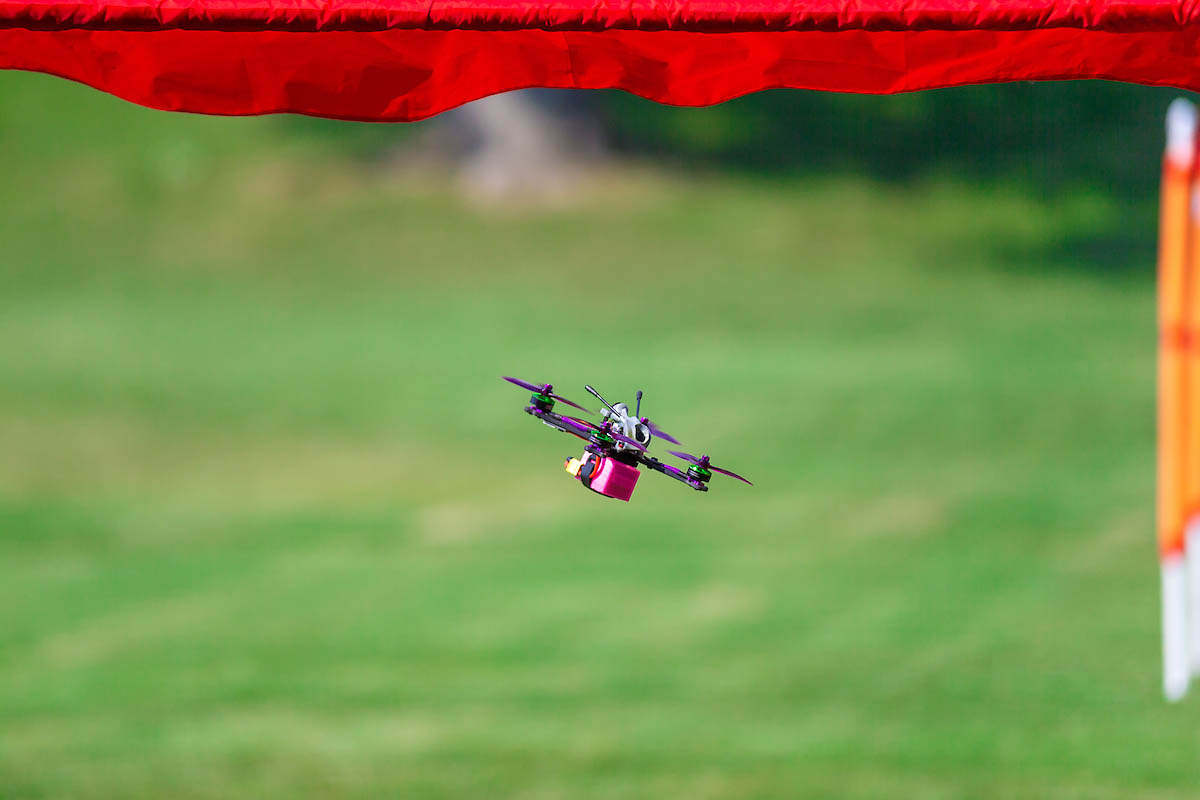Austin Peay State University
 Clarksville, TN – We’re going to level with you. The Austin Peay State University Drone Club’s racing drones are too fast for we at Public Relations to catch on video. When they really get rocking, they travel around 100 mph, and we can’t keep up with them.
Clarksville, TN – We’re going to level with you. The Austin Peay State University Drone Club’s racing drones are too fast for we at Public Relations to catch on video. When they really get rocking, they travel around 100 mph, and we can’t keep up with them.
They’re just a blur.

And they’re too light to carry a GoPro. The drone in the video below isn’t a racing drone. It’s a fast one, sure, but it’s traveling 40 mph, maybe 50.
But you can SEE the drones for yourself, no cameras needed, at 2:30pm, Friday, September 28th, 2018 when the Drone Club at Austin Peay State University launches its inaugural season racing in the Collegiate Drone Racing Association (CDRA).
Club members will set up an official CDRA track at the Dunn Bowl and race their drones around flags and through gates in an effort to record fast-enough times to qualify for the national championship in the spring at Purdue University.
The Rules of the Course

All schools race using the same course layout, posted to the CDRA website. The course changes each month. Racing drones can be no longer than 305 mm with 6-inch propellers. The gates can be no larger than 6 feet tall and 6 feet wide and the flags 5 feet tall.
The teams can have as many members as they like but must have at least two pilots.
The Drone Club at APSU has three qualified pilots on the team:
- Michael Hunter, president, junior, graphic design.
- Antoine Rawlins, vice president, senior, computer science.
- Harrison Welch, treasurer, senior, computer science.
Onboard video is required for all submitted times. The times are converted into points, and the team scores are the three highest individual scores.
At the end of each month, the top ranked schools qualify for the national championship in the spring. At the championships, the drones race four at a time.
Here’s a good video from the University of Alabama about the 2018 National Championship:
Joining the Club
The Drone Club brings its drones out frequently on campus, showing off members’ skills but also in an effort to attract new recruits.

“I think people are worried about the price point, but they don’t realize this first year is free,” Hunter said. “We’re going to request some funds, but it’s only if you want to. We need more batteries and gates.”
The club will provide the materials for you to build a drone.The club has kits to get started and a 3D printer to build parts and accessories.
After that, the cost might not be as high as you’d think. Hunter’s higher-end drone cost him $300, but you can build quality drones for around $100.00, he said.
Want to Learn More
To learn about the league the Drone Club at Austin Peay State University will be competing in, visit www.collegiatedroneracingassociation.com
The website also has some really cool videos.
To learn about the Drone Club at APSU, visit its Facebook page at www.facebook.com/DroneClubAtAPSU



